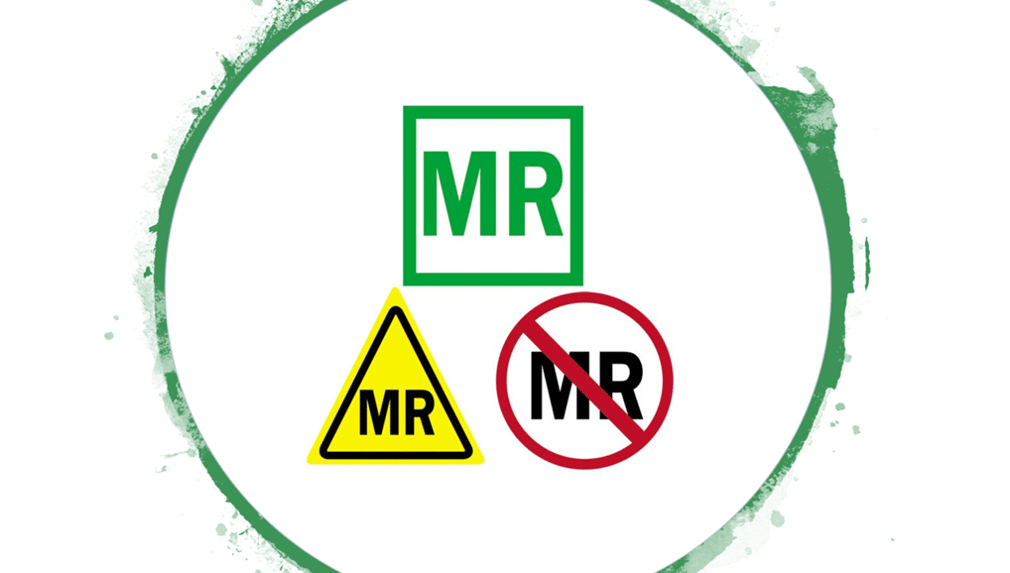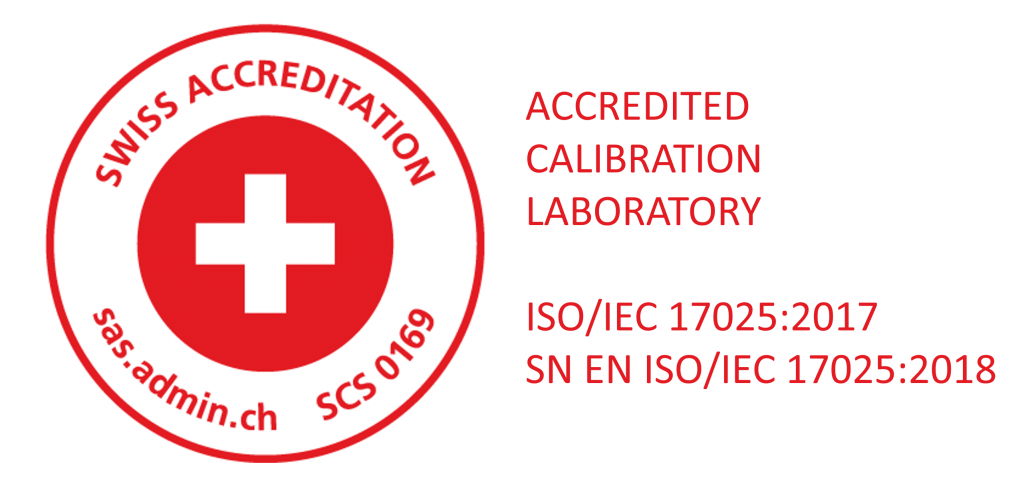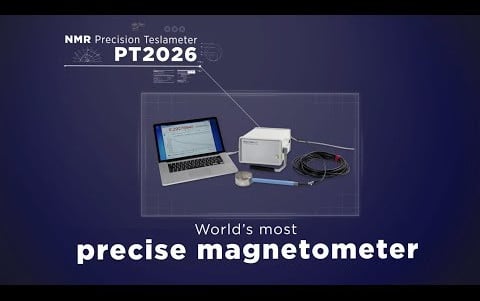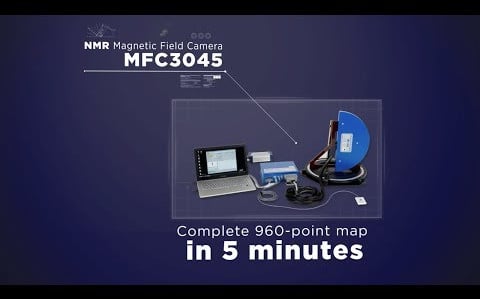Overview of MR Interactions and Standard Test Methods for implants, instruments and accessories to be used in the MRI environment
Gregor Schaefers1,2
MR safety and imaging compatibility are internationally recognized as important issues for medical devices. FDA guidelines, European EN and International Electrotechnical Commission IEC and ISO standards contain MR safety and imaging compatibility requirements.
The ASTM (Appropriate Standard Test Method) standard F2503 and the international standard IEC 62570 provide comprehensive marking requirements for items (incl. medical devices) used in the MR environment. “MR Safe”, “MR Conditional” and “MR Unsafe” terms and definitions are used to classify items according to device properties and MR interactions, which must be clarified in standardized MR testing described as follows:
Magnetically induced displacement forces
Magnetically induced displacement forces exist for devices consisting of ferro- or paramagnetic materials. Forces can be measured indirectly via a deflection angle generated by the magnetically induced force and the gravity force of the device. The forces are dependent on the static magnetic field, the gradient ∇ in the fringe field and the magnetic saturation of the device material. Magnetically induced torque aligns the device relative to the orientation of the main magnetic field. The torque depends on the device dimensions and the magnetic saturation and is measured at the magnet isocenter. ASTM F2052 and F2213 provide testing methods of force and torque.
Radio frequency induced heating
Radio frequency (RF) induced heating is a complex and multi-parameter dependent MR safety issue. RF pulses are in the MHz range and apply the main amount of heating energy. Not only device properties like electric conductivity, dimension, etc. must be considered, but also the geometric arrangement relative to the specific MR environment. ASTM standard F2182 provides a basic test method, but requires additional specific knowledge about calorimetry testing, temperature probe placement, phantom characteristics and specific absorption rate (SAR) adjustment and monitoring as well as knowledge about the specific MR system. Numerical analysis of electro magnetic fields, SAR and temperature distribution has been developed to assist in heating testing. ISO/TS 10974 is addressing those improvements for active implantable devices at 1.5 T and is under update for 3 T in 2022.
Gradient-induced heating, voltages and vibration
Gradient magnetic fields contribute to gradient-induced heating effects in smaller dimension due to the lower frequencies in kHz range. However, as well as RF pulses, switched gradients can generate induced voltages in conductive wires, loops and structures and can increase the risk of unintended tissue stimulation and vibration of implants. Also, here ISO/TS 10974 is providing test methods for gradient-induced interactions.
Malfunction
A further safety in concern ISO/TS 10974 is providing test methods for active and non-active devices is the malfunction. A device must undergo an individual testing procedure to prove its function in dB/dt and RF MR environments. In case of non-active devices, the static field could inhibit mechanical parts like springs and levers. In addition to its function, active devices must prove not to disturb the proper imaging function of the MR system e.g. by emission of RF.
MR imaging artifacts
MR imaging artifacts do not affect the patient safety primarily but distort or misplace image information. In case of instruments like needles this can get a safety concern. Susceptibility and RF (coupling) artifacts can lead to diagnostic misinterpretation by significant lack of information and may obstruct follow-up examination. Notification about artifacts should be included in the device marking. As an appropriate standard test method ASTM F2119 can be used. To acquire comprehensive information in advance MR artifacts can be assessed by numerical simulation, too.
Gregor Schaefers obtained his Dipl.-Ing. (FH) degree in medical engineering from the University of Applied Sciences Fachhochschule Gelsenkirchen, Germany in 2001.
He is a member of DIN, ISO and IEC as well as ASTM standardization committees and has been working in the field of MR safety and compatibility for development and optimization of MR testing methods since 1998.
1MR:comp GmbH, Services for MR Safety and Compatibility, Gelsenkirchen, Germany, www.mrcomp.com,
2MRI-STaR – Magnetic Resonance Institute for Safety, Technology and Research GmbH, www.mri-star.com
Innovatively connected in 2018 as Medi-Tech-Park, MRI-STaR in connection with MR:comp provide MR Safety Expert (MRSE) and MR Safety Specialist (MRSS) courses http://mrcomp.com/en/upcoming-seminars.html to both, the MR user community (MR technologists, MR physicist and MR radiologists) and the device industry developing implants, instruments and accessories for the MR environment (see a comprehensive list of MR accessories at One-Stop-Shop ). MR safety and compatibility start in the design phase of device developments. Therefore research institute MRI-STaR offers with its broad work shop of experimental and numerical tools an early stage R&D design support service in order to maximize the later MRI safety performance as early as possible, and before devices are tested impartially according to ASTM and ISO/TS MR safety and compatibility standards by test laboratory partner MR:comp – the worldwide working and full ISO 17025 accredited MR testing service provider.






